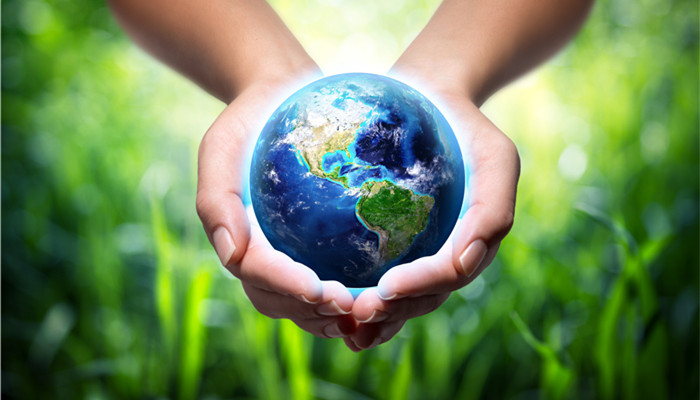
Bio-based plastic production capacity is growing rapidly, and global production capacity is expected to exceed 3 million tons in 2025
Bio-based plastics refer to new materials whose production raw materials are entirely or partially derived from biomass (corn, sugar cane or cellulose, etc.). Bio-based plastics can be subdivided into biodegradable and non-biodegradable plastics. Representative products of biodegradable plastics include PLA, PHA, etc., while representative products of non-biodegradable plastics include bio-based PE, bio-based PET, etc. In recent years, as global environmental protection regulations have become increasingly strict and science and technology have gradually advanced, the development of the bio-based plastics industry has accelerated.
According to the “2021-2025 China Bio-based Plastics Industry Market Monitoring and Future Development Prospects Research Report released by the Industrial Research Center , the current bio-based plastics market is still in the early stages of development. In 2020, the global bio-based plastics industry production capacity will be around 2.15 million tons, and its proportion in the plastics market will be approximately 1.3%. Against the background of increasingly stringent environmental protection regulations, the bio-based plastics market is developing strongly. It is expected that by 2025, the global bio-based plastics production capacity will exceed 3 million tons, and the market size will reach US$120 billion.
From the perspective of market segments, biodegradable plastics are currently the mainstream product in the bio-based plastics market, with production capacity accounting for more than 57.8% in 2020. With the development of the global environmental protection industry, the market share of biodegradable plastics will further increase. It is expected that It will reach 61.8% in 2025. In the biodegradable plastics market, polylactic acid and starch-based plastics account for the highest production capacity, with their combined production capacity accounting for approximately 65.2%. In the non-biodegradable plastics market, bio-based polyethylene and bio-based nylon account for a relatively high proportion of production capacity, with their combined production capacity accounting for approximately 53.4%.
From the perspective of market application, bio-based plastics have a wide range of downstream applications, involving packaging, consumer goods, textiles, agriculture, automobiles, construction, coatings, electrical appliances and other fields. Among them, packaging is the largest application field of bio-based plastics, accounting for Reaching more than 46.4%. From the perspective of production capacity distribution, global bio-based plastic production capacity is mainly distributed in Asia, Europe, North America and other regions. The three major regions account for nearly 90% of the production capacity. Asia is the world’s largest bio-based plastic production area.
In the international market, bio-based plastic market suppliers mainly include Mitsubishi Chemical, BASF, Novamont, Eastman, Braskem, NatureWorks and other companies. In the domestic market, bio-based plastic market suppliers mainly include Kingfa Technology, Kanghui Petrochemical, Lanshantun He, Jinhui Zhaolong, Zhejiang Hisun Biotechnology, Anhui Fengyuan Group, etc. Since the current domestic production capacity and output are insufficient to meet market demand, the market price of bio-based plastics is relatively high, and the industry also maintains a high profit level.
Industry analysts said that my country is a major producer and consumer of plastic products in the world. Under the strategic goals of carbon neutrality and carbon peaking, There is broad room for substitution of bio-based plastics. At present, my country’s bio-based plastics industry is still in the early stages of development, and domestic production capacity is insufficient to meet domestic market demand. Therefore, my country’s bio-based plastics production capacity needs to be further improved. Overall, driven by multiple favorable factors, my country’s bio-based plastics industry will still maintain a high level of development in the next five years.

 微信扫一扫打赏
微信扫一扫打赏

